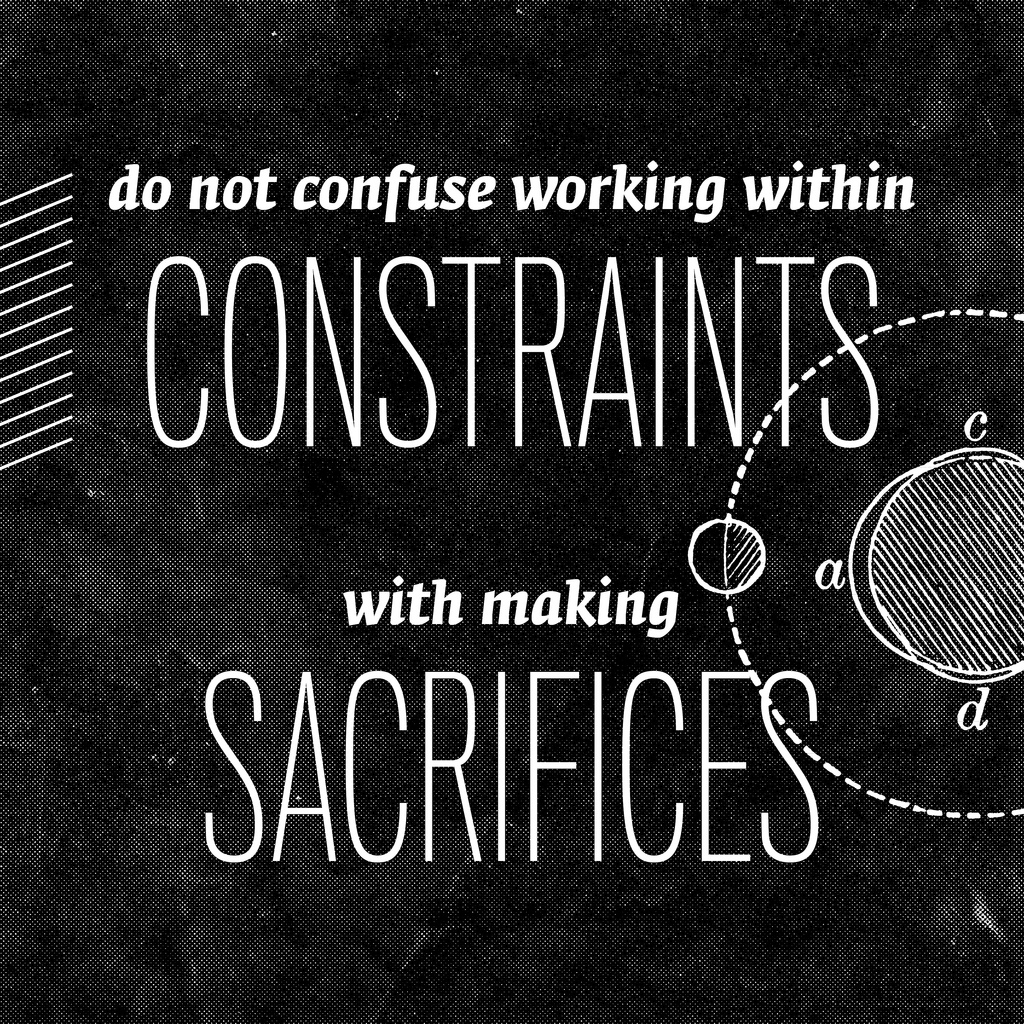
This week I finally got involved with the Korsakow software and we had our first play around with it in class. I had a very steep learning curve this week, as I am one of those media students who knows next to nothing about file extensions, compressions, etc. Ironically, I actually enjoyed learning as much as I could about this, mostly from the help of Ren and Imogen, who I sit on a table with and who have both studied media at TAFE.
I was introduced to MPEG streamclip, and have been learning how to use this to compress my files (which are HUGE thanks to filming on a DSLR). I also found myself returning to Adrian’s Korsakow tips and tricks post on the IM1 blog for help. He also has a post here about what Korsakow is and what it can do.
A big realisation I had was that Korsakow is purely authoring software, and does not allow for any post-production. It is for building, and joining things together and making relations between the individual assets.
Another tip we got in the lab was that it is most easy to try and use a descriptive name for the video and thumbnail files as this is what is displayed in the project window, and makes for easy building/SNUifying. Adrian has a good post on Korsakow workflow here.
I’ve been building up my Korsakow vocabulary and have decided to make a glossary of sorts which I will add to over the coming weeks. So far it stands as:
- Fragments – the individual clips
- Previews – the ‘click here’ options on the interface
- Timeline – shows the length of the fragment with a playhead below the clip
- Viewing window – the clip you view when you select it by clicking
- Stage – the entire space you are viewing the K-film on
- SNU – smallest narrative units (the fragments)
- Keywords – Ins describe the SNU, outs describe what it’s looking for (using Boolean logic)
- Interface – the design of where the previews, viewing window, etc. sit on the screen
- Lives – you can set how many times you see a clip before it dies.
- Assets – your media files
- POCs (points of contact) – in-POCs and out-POCs, defined here.
- Background sound – a clip which can play for the entire duration of the k-film
We must remember: Korsakow doesn’t save automatically. SAVE SAVE SAVE.
We have to manage our files extremely well. You have to keep your media assets in the same place for the life of your project. You must nominate an exports file and only ever do exports to web.






